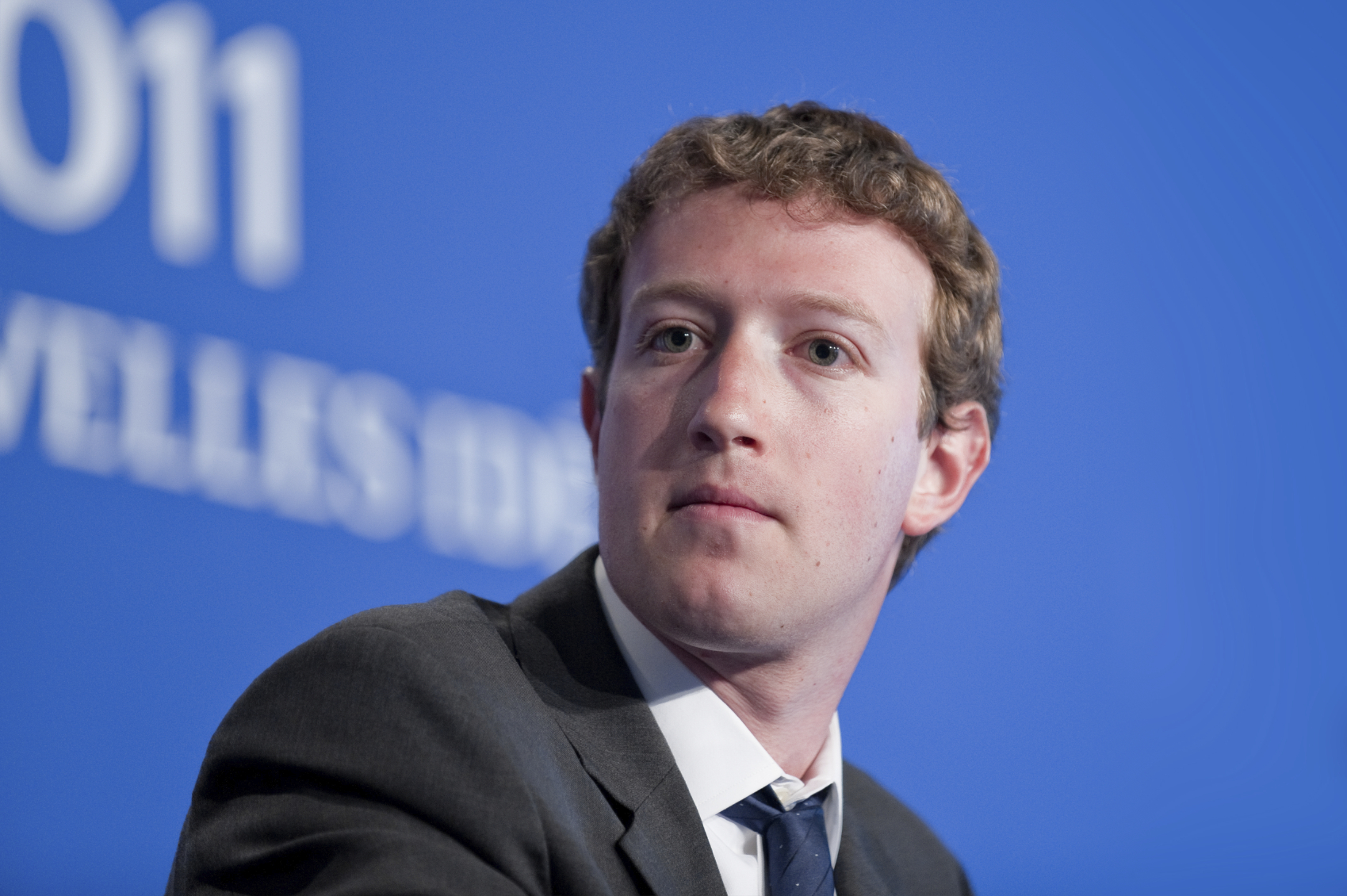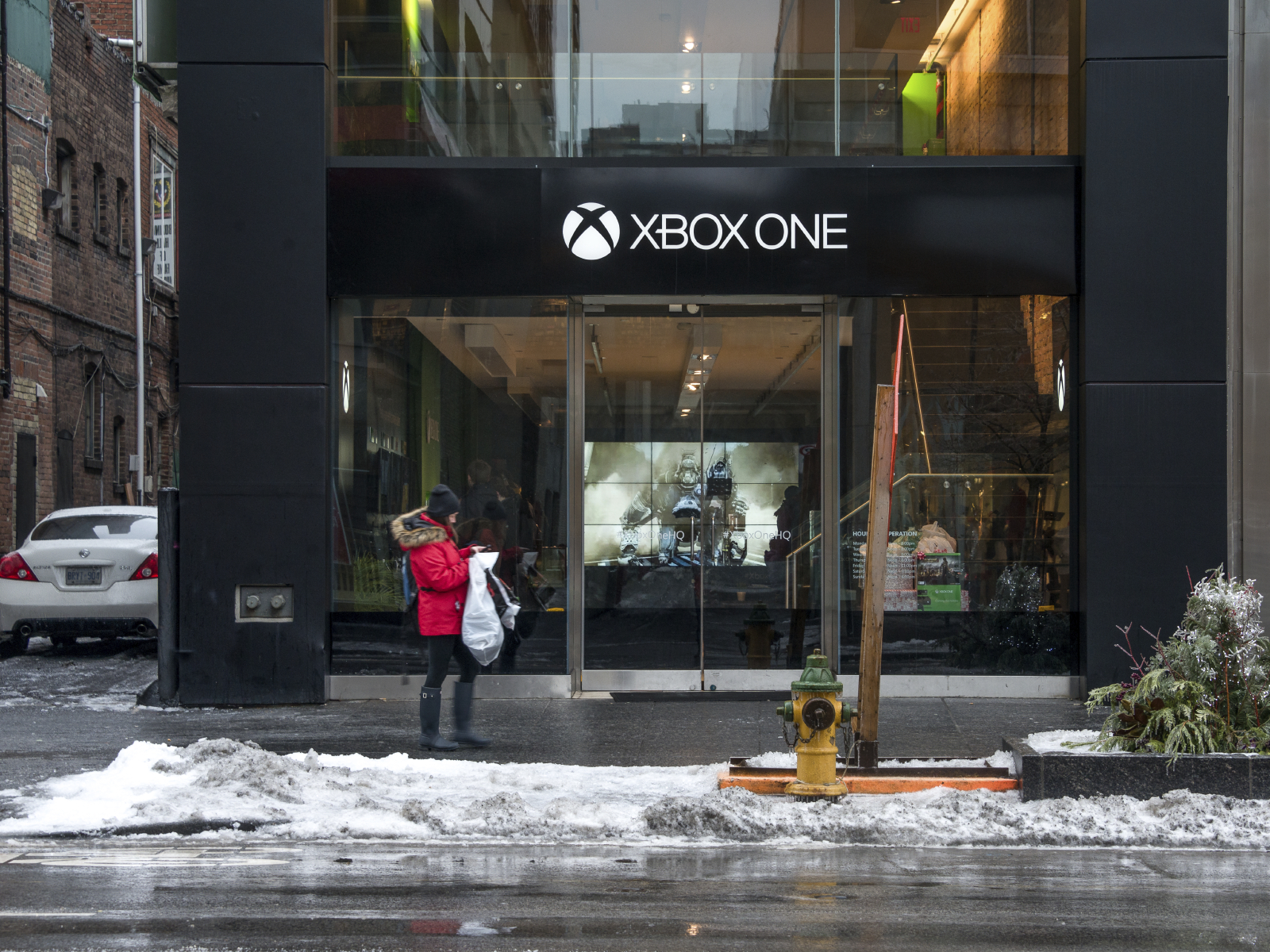Facebook continues its push into videos by testing a “floating video” feature on its desktop site. Taking a page out of Tumblr’s video playbook, Facebook now allows users to pop videos out of their place in the feed to hover in the corner as the user continues to scroll. Facebook is clearly hoping this feature will get more users to watch more videos for more time as it continues to compete for video ads dollars with YouTube, which added similar detachable video player on its mobile apps back in 2013.
In related Facebook news, the social network and its spun-off chat app Messenger now integrate with Google Maps to allow easy share of locations across the two platforms, a feature previously not available to anyone with an iOS device. As Facebook continues to expand its platform, especially its mobile messaging platform, we expect to see more similar cross-service integrations pop up in the future.
Source: The Next Web & CNET








